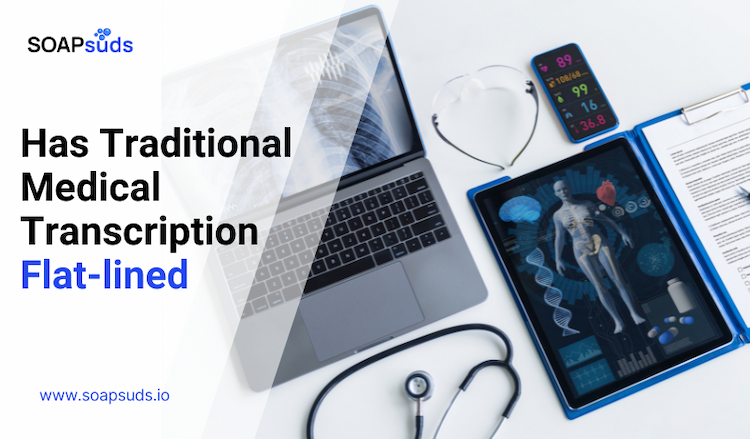AI Medical Scribes: A Game-Changer in Preventing Medical Errors
SOAPsuds team
Published: 3/3/2025
SOAPsuds team
Published: 3/3/2025

At the core of every helpful therapy process is something simple yet important: the bond...

We live in a society filled with a variety of views. Differences in faith, traditions

Every year, millions of older adults experience falls that can lead to severe injuries

AI medical scribes powered by generative AI have changed the way healthcare professionals handle...

Modernizing the first step of the patient journey—patient intake—is now easier with digital...

Medical transcription has been a widely used method for documenting healthcare information for many...
Clinical Notes
SOAP notes
DAP notes
AI medical notes